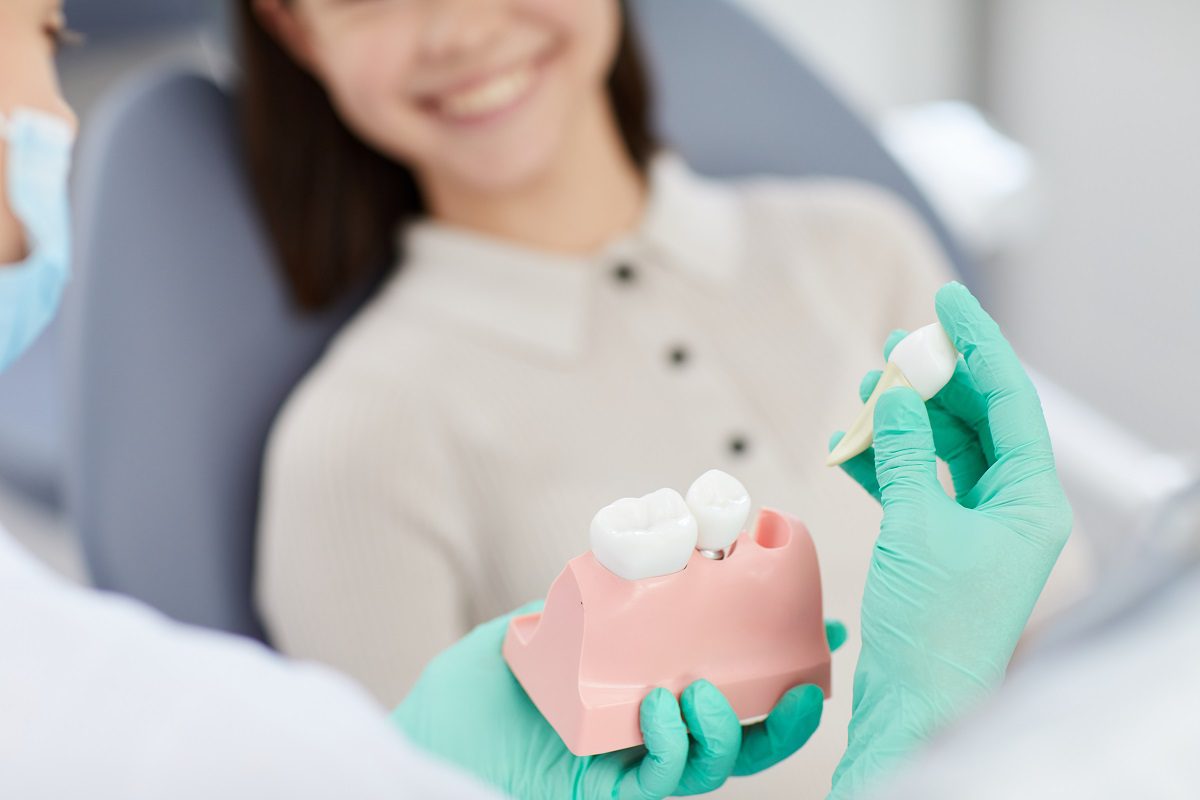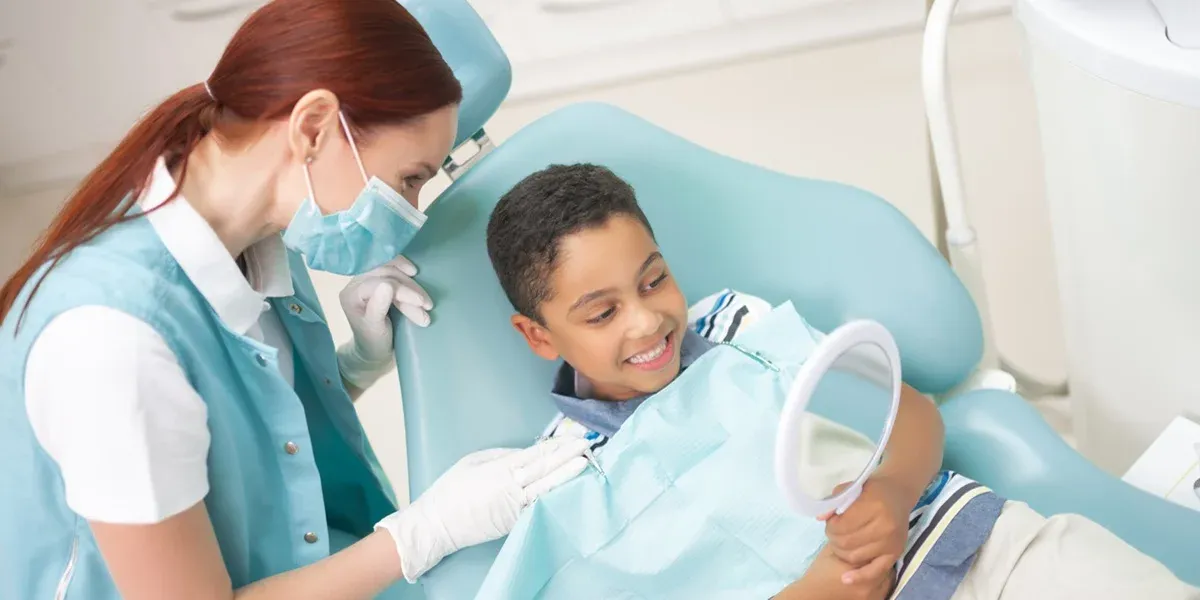
Dental Crowns for Kids
Kids have more sensitive teeth than adults and are more prone to decay and cavities. If your child’s teeth are infected, and teeth are not permanent and are baby teeth, you better not go for big treatments.
The crowns are valid for kids only when the cavity is large and cannot be filled. All the details you need to know about dental crowns for your kids are below.
Types:
- Strip composite crowns:
These crowns are very cosmetic and require more time and care. Composite crowns are the most real-looking crowns among all the other artificial crowns. The procedure of getting these crowns requires more time and consideration. Doctors mostly recommend general anesthesia as the sedation method for this procedure. The crowns are made with white filling material, and the color is matched with the natural color of the kids to make it look like natural ones. But the major consequence of strip crowns is they get discolored easily. If one does not brush and floss properly and regularly, they are more susceptible to plaque and cavities.
- Stainless steel crowns:
Stainless steel crowns are widely used as pediatric crowns. These are more durable for kids as they do not decay, and it is easy to clean them out after eating. They come in two different types based on their color and appearance. One is a silver crown; it doesn’t look like natural teeth, so you must go for silver crowns for your kids if you are not concerned about their appearance. The other one is white, which is not completely white but mimics the appearance of natural teeth.
Stainless steel crowns with white casting have a white appearance on the front, but on the reverse side, they have a silver coating just like silver crowns. A binder is used to make the white casting stick with the metal, making them look bulkier. The main downside of the white casting crowns is that the white part gets damaged easily due to eating, forced pressures, and causing wear and tear. Silver crowns are always preferred over white ones due to their long-lasting ability if the concern is not about the appearance.

Procedure:
- First, the gums are sedated by laughing gas mostly. The kid is awake but cannot feel any discomfort during the process.
- The chewing surface is reduced, and the tooth is washed and cleaned from any plaque.
- The crown of the exact size is then washed and prepared.
- Tooth glue or cement is applied to the inner surface of the crown, and the child is asked to bite hard to press the crown on the teeth. The excess glue or cement is removed.
Conclusion:
When you feel any plaque or cavity in your kid’s teeth, it is best to reach out to a qualified dentist and get possible treatment as soon as possible because the cavities can invade other teeth and cause damage. After receiving treatment, you must carefully follow the doctor’s instructions to achieve optimum results.
Contact your dentist in Stockton, Sajjad Rizvi, DDS at Happy Kids Dental today to learn more about dental crowns.
Resource:
*This media/content or any other on this website does not prescribe, recommend, or prevent any treatment or procedure. Therefore, we highly recommend that you get the advice of a qualified dentist or other medical practitioners regarding your specific dental condition
Subscribe To Our Newsletter
Get Updates And Learn From The Best


